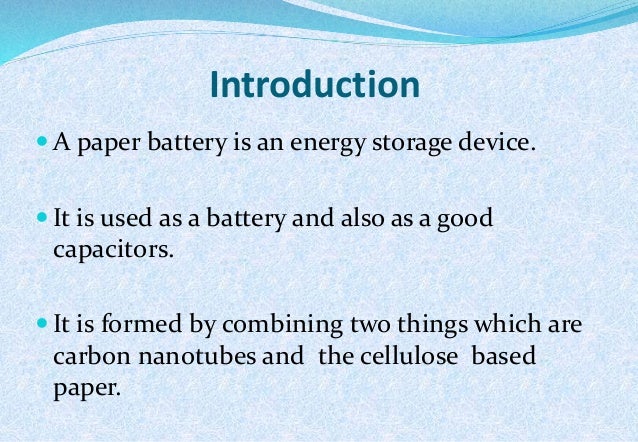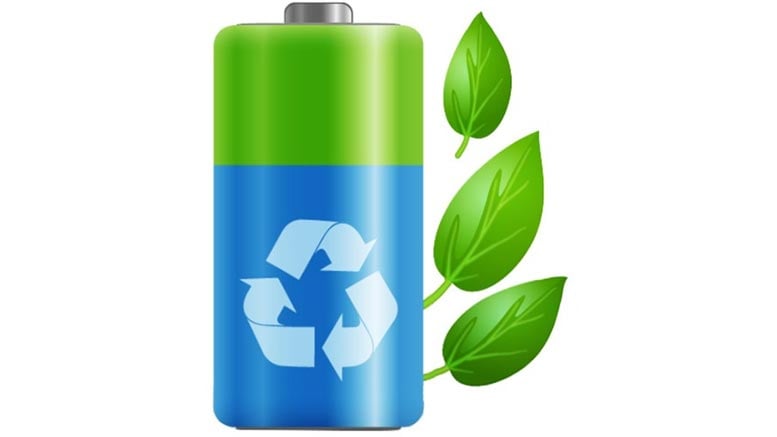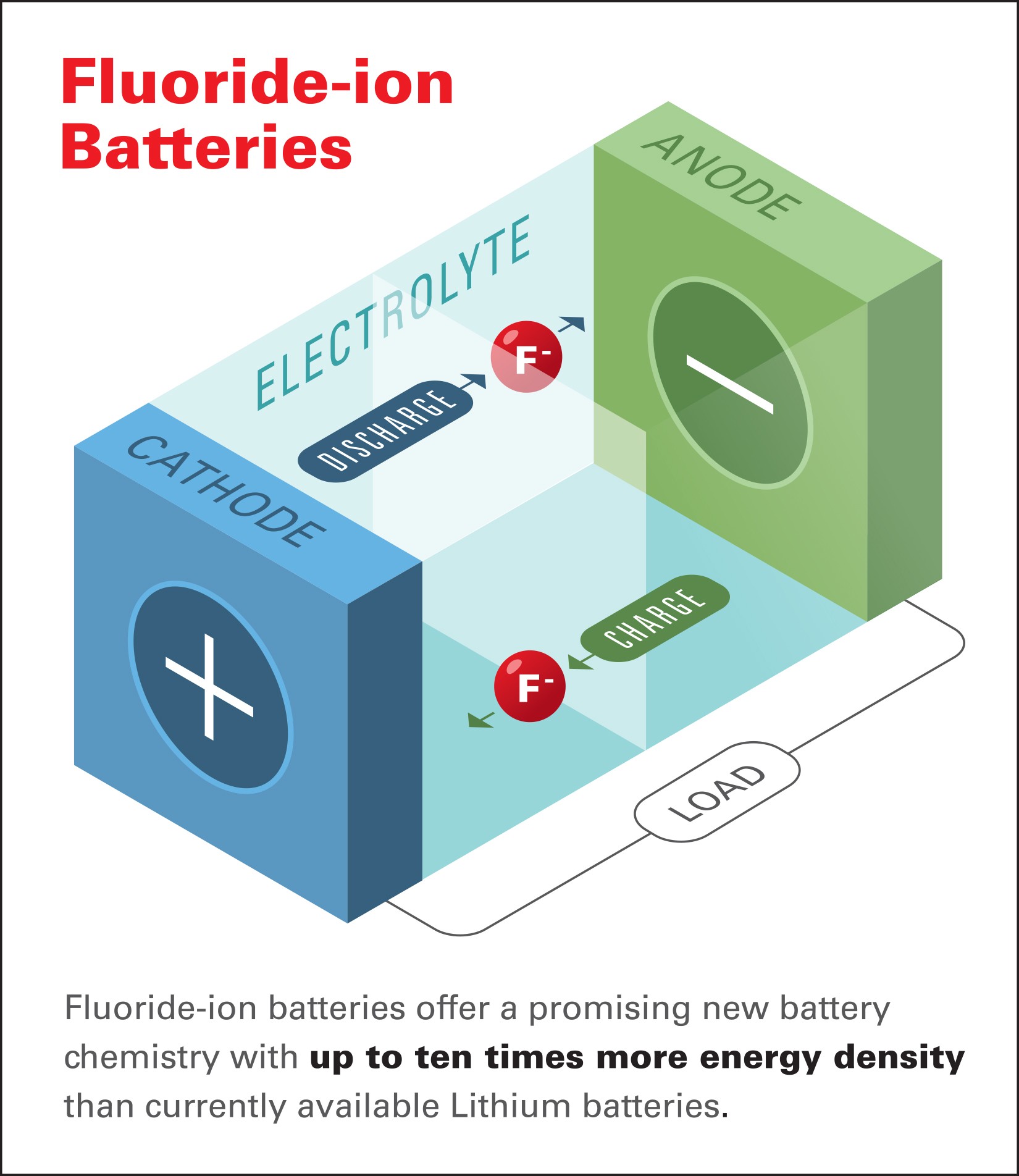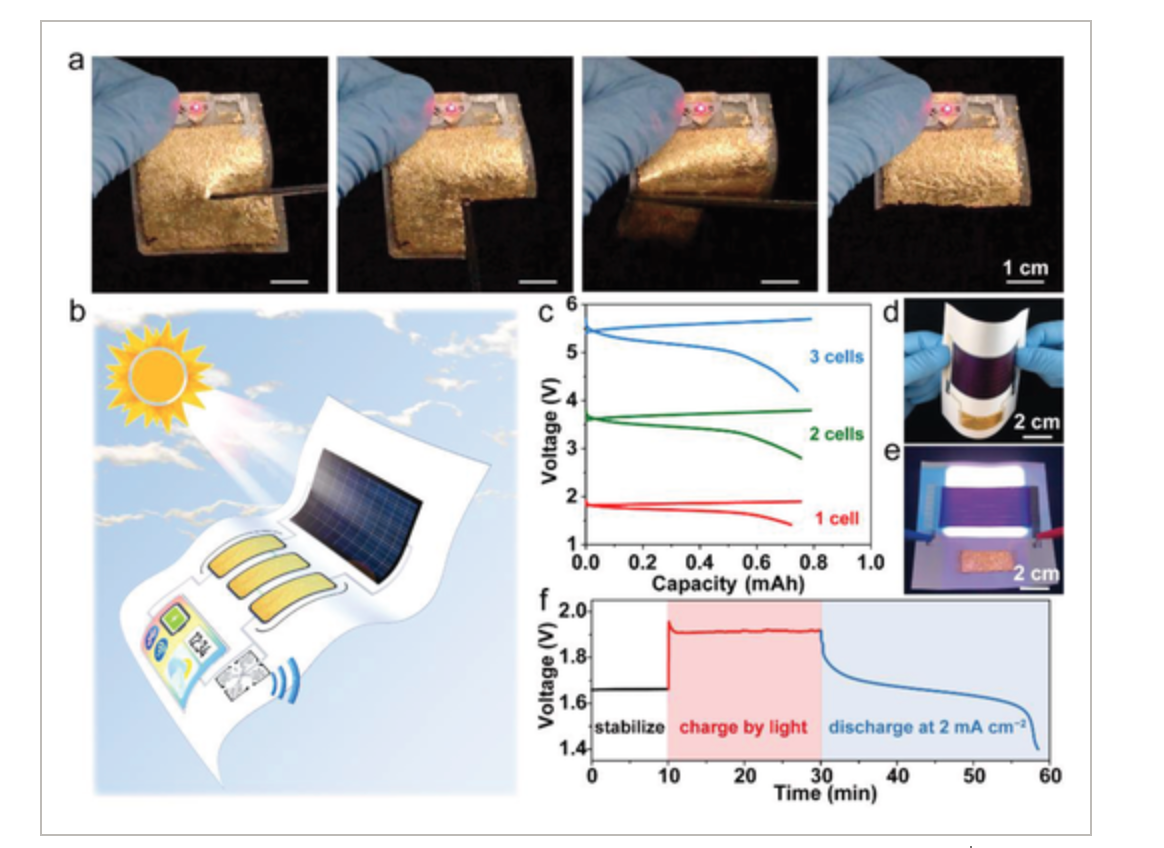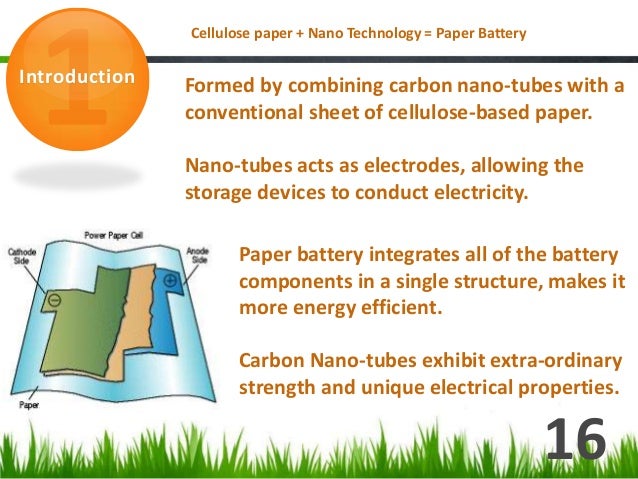Paper Battery Presentation
| Introduction to Paper Battery | ||
|---|---|---|
| Paper battery is a revolutionary energy storage device. It combines the functionalities of both a battery and a capacitor. It is made using cellulose-based materials that are abundant and biodegradable. | ||
| 1 | ||
| How Paper Batteries Work | ||
|---|---|---|
| Paper batteries are constructed by embedding carbon nanotubes or conductive polymers in paper. They work based on the principles of electrochemistry, where electrical energy is converted to chemical energy and vice versa. They can be charged and discharged like traditional batteries, but with added benefits. | ||
| 2 | ||
| Advantages of Paper Batteries | ||
|---|---|---|
| Paper batteries are lightweight and flexible, making them ideal for portable electronics and wearable devices. They can be manufactured at low cost, making them an affordable energy storage solution. Paper batteries have a longer shelf life compared to traditional batteries, as they do not experience significant self-discharge. | ||
| 3 | ||
| Applications of Paper Batteries | ||
|---|---|---|
| Paper batteries can be used in the medical field for powering medical implants and biosensors. They can be integrated into smart packaging to power sensors and indicators for food freshness and quality monitoring. Paper batteries have potential applications in the field of Internet of Things (IoT), enabling self-powered sensors and devices. | ||
| 4 | ||
| Environmental Impact | ||
|---|---|---|
| Paper batteries are environmentally friendly, as they are made from renewable and biodegradable materials. They have a lower carbon footprint compared to traditional batteries, which often contain toxic materials. Their production process consumes less energy and generates fewer greenhouse gas emissions. | ||
| 5 | ||
| Challenges and Limitations | ||
|---|---|---|
| Paper batteries currently have lower energy density compared to traditional batteries, limiting their use in high-power applications. The stability and durability of paper batteries need further improvement to ensure long-term reliability. Integration of paper batteries into existing electronics and infrastructure may require design modifications. | ||
| 6 | ||
| Current Research and Development | ||
|---|---|---|
| Ongoing research focuses on enhancing the energy density and performance of paper batteries. Scientists are exploring new materials and fabrication techniques to overcome existing limitations. Advances in nanotechnology and conductive polymers are expected to drive further innovation in paper battery technology. | ||
| 7 | ||
| Future Prospects | ||
|---|---|---|
| Paper batteries have the potential to revolutionize the energy storage industry and make renewable energy more accessible. Their lightweight and flexible characteristics make them suitable for integration into various everyday objects and applications. With continued advancements, paper batteries may become a mainstream alternative to traditional batteries in the near future. | ||
| 8 | ||
| Conclusion | ||
|---|---|---|
| Paper batteries offer a promising and sustainable solution for energy storage. Their unique properties make them suitable for a wide range of applications. Further research and development will lead to more efficient and practical paper battery solutions. | ||
| 9 | ||
| Questions and Discussion | ||
|---|---|---|
| Are there any questions or comments about paper batteries? How do you envision the future of paper battery technology? What potential challenges do you see in the widespread adoption of paper batteries? | ||
| 10 | ||
